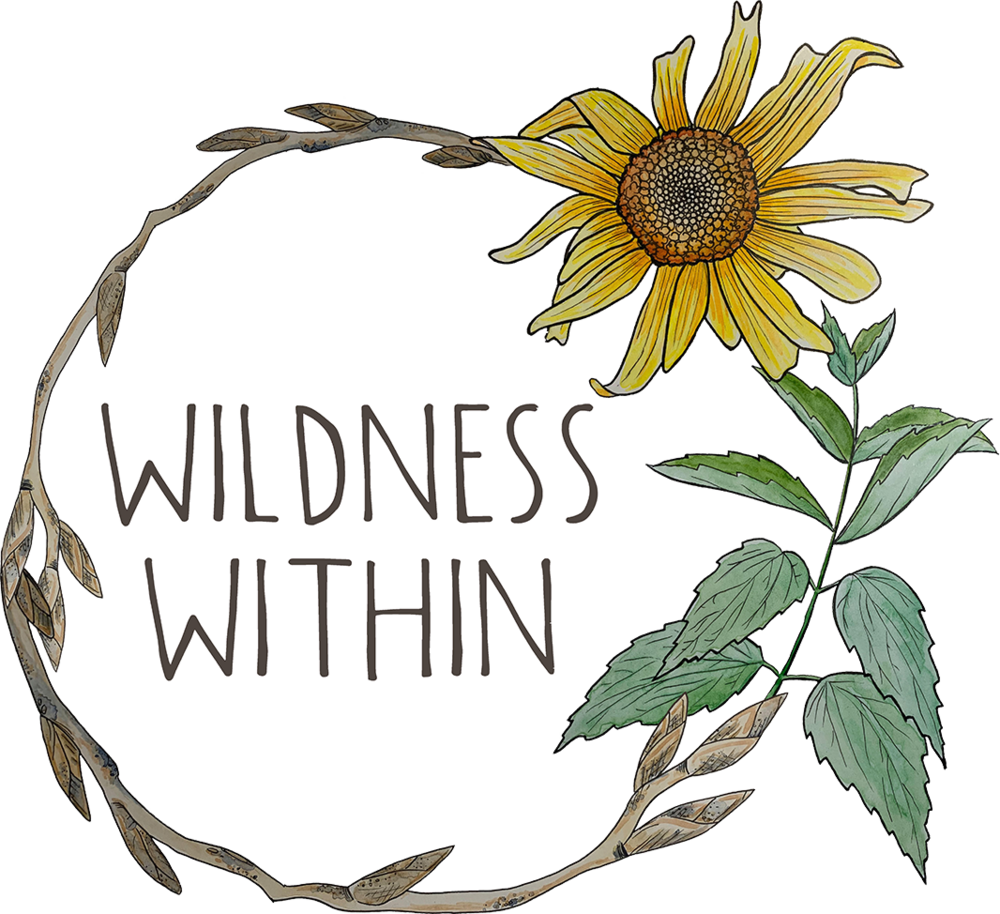I found this recipe on Heidi Swanson’s recipe journal (101cookbooks) and I fell in love. It has never failed to delight a banana bread fan. By adding yogurt, olive oil and eggs there’s just the perfect amount of moisture. For some reason there always seems to be white sesame seeds around my house, but never any black sesame seeds. Regardless, the combination of seeds with the ripened banana and my added contribution of walnuts adds a savory component to the sweet and nutty galore.
Feel free to experiment with different flours or oils, I’m curious how that would change the taste. And in the meantime, enjoy Heidi’s lovely banana bread recipe.
Banana Seed Bread
Ingredients:
1 cup all-purpose flour
1 cup whole wheat flour
3/4 cup dark brown sugar
3/4 tsp baking soda
1/2 tsp fine grain sea salt
1 cup white and black sesame seeds
½ cup crushed walnuts
1/3 cup extra-virgin olive oil
2 large eggs, lightly beaten
1 1/2 cups mashed, VERY ripe bananas (~3 bananas)
1/4 cup whole milk yogurt (or kefir or whole milk if it comes down to it)
1 teaspoon freshly grated lemon zest
OPTIONAL: ¾ cup chocolate chips
Directions:
Preheat the oven to 350° F, and place a rack in the center. Butter and flour a 9- by 5- inch (23 x 13 cm) loaf pan, or equivalent.
In a large bowl, whisk together the flours, sugar, baking soda, salt and sesame seeds and combine well.
In a separate bowl, mix together the olive oil, eggs, mashed banana, yogurt, and zest. Pour the banana mixture into the flour mixture and fold with a spatula until just combined. Add the walnuts into the combination mixture. Scrape the batter into the prepared pan and bake until golden brown, about 45 minutes. You want to achieve beautiful color on the cake, but at the same time you don't want to bake all the moisture out of it. So the minute you're in that zone, pull it, erring on the side of under-baking versus over.
Transfer the pan to a wire rack to cool in the pan for 10 minutes, then turn the loaf out of the pan to cool completely.






